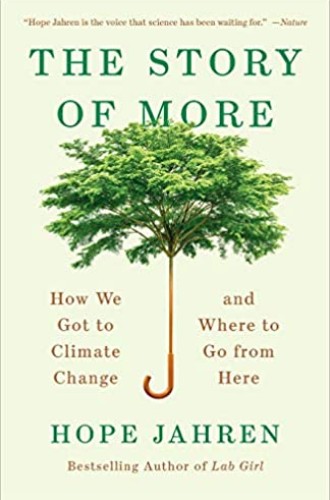A book on climate change that’s neither preachy nor hopeless
Raised on a farm, scientist Hope Jahren offers clear, concise, and credible explanations.
Readers of the Christian Century are unlikely to dismiss climate change worries as socialist propaganda. But we all have neighbors who are unconvinced. “Go ahead and drive a Prius, eat only veggies, stop using straws, and install solar panels,” they say, “if it makes you feel good. But weather changes all the time, and scientists don’t agree on why. Coal plants are way cleaner than they used to be, anyway. Can I give you a lift to the corner store in my Hummer?”
If you’re looking for a book to recommend during the drive, Hope Jahren’s is a good choice. She invites readers on a breezy but well-documented tour of the major systems, both natural and cultural, that are in grave danger because of climate change. Her short book, heavy on facts and light on preaching, reviews what we know, and what we don’t know yet, about the challenges of the Anthropocene era (although she never uses that term). She focuses on the culture of more, more, more which we have embraced in the developed world and on how making do with less could bring us better food, cleaner air and water, and happier lives.
Jahren is a Minnesota farm girl and a research scientist. Both identities are evident in her account of dinner party conversations where, in between bites of prosciutto, others decry the horrors of animal slaughter. The farm girl responds that the gigantic hog processing plant in her hometown provides steady jobs and affordable pork chops—and its slaughter protocols were designed by animal welfare specialists.






